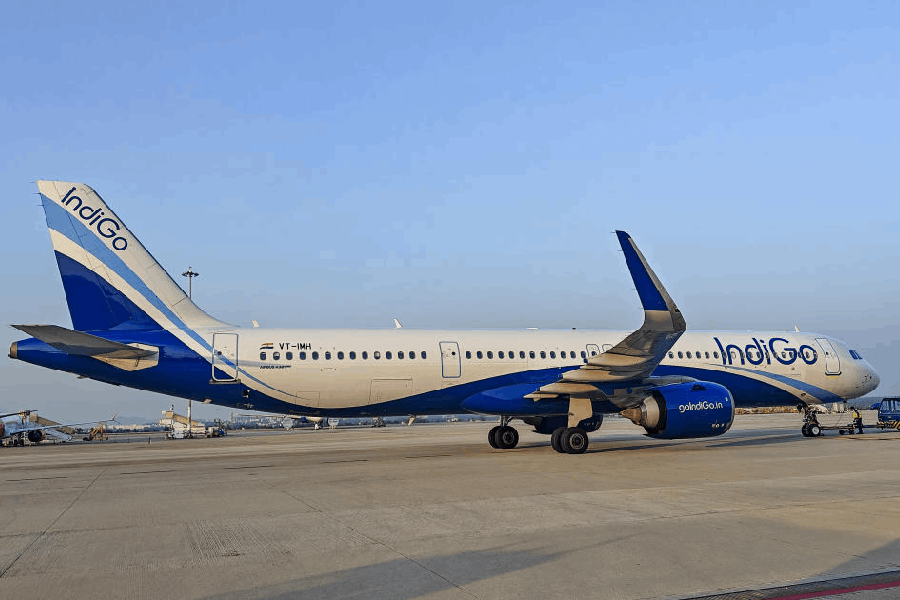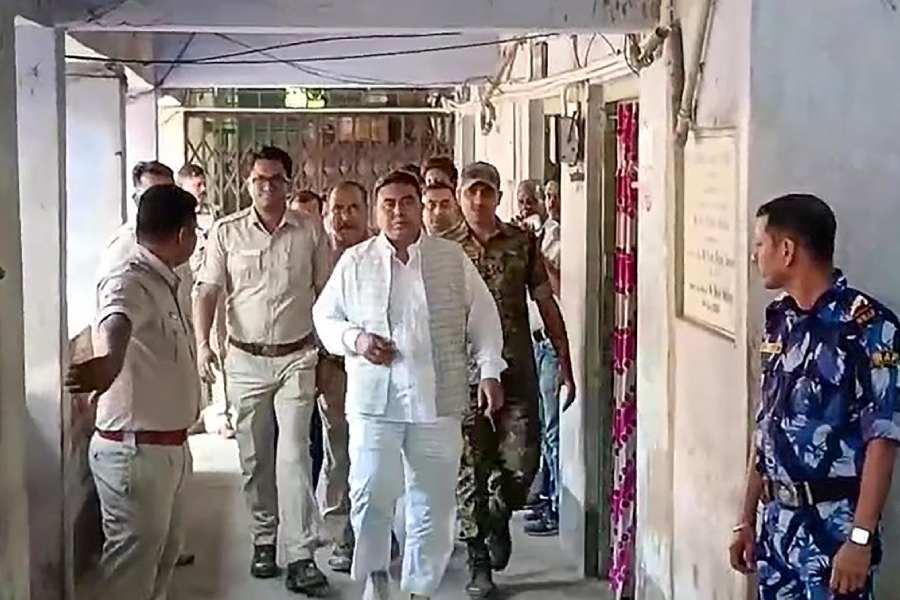New Delhi, Jan. 14: The Narendra Modi government has revised its decision to slash the size of a China-specific army formation and returned to the UPA plan of raising the Mountain Strike Corps in eight years.
The decision to raise the 17 Corps, meant specifically for the 3,448km China frontier from Arunachal Pradesh to Ladakh, was taken by the cabinet committee on security in July 2013. Its headquarters was planned at Panagarh in Bengal, with a forward establishment in Pathankot.
But in April last year, defence minister Manohar Parrikar said the government was short of funds and was taking a re-look at the raising of the corps. He added that the UPA government had cleared the plan for the corps without making adequate budget allocations.
However, the army chief, General Dalbir Singh Suhag, said on Wednesday that "the raising of the Mountain Strike Corps is as per schedule till (the year) 2021". He said there had been no cuts in budget allocations for the fresh raisings.
Parrikar's announcement last year had deeply worried the security establishment. One officer had told The Telegraph that "operational considerations outlive changes of government".
Part of the reason for the revision in the government's stand is the restructuring that China is carrying out in its People's Liberation Army and allied forces. Although China has announced a cut in the size of its forces, Indian military analysts have concluded that this relates to the "tail" and not the "teeth".
In military parlance, the combat arms make up the "teeth" and the supply lines make up the "tail". China has also announced plans to unify multiple commands into a single one, meant probably for its disputed frontier with India.
General Suhag said the Indian and Chinese armies were in talks to establish a hotline between their directorates-general of military operations. This will be a confidence-building measure between the two militaries at the highest level.
India and Pakistan have such an arrangement. The Chinese and Indian armies are also looking at opening two more border-personnel meeting points this year.
Through these confidence-building measures, New Delhi hopes to sustain the relative tranquillity on the China frontier.
The revised decision to stick to the schedule of raising the Mountain Strike Corps means that the focus will continue to remain on military infrastructure-building in India's eastern theatre.
Key establishments of the new corps will be based in Bengal, in the existing military cantonments of Panagarh and Barrackpore, while division and brigade headquarters will be built in Bihar and Assam.
The air force too has decided that its next squadron of Hercules C130J transport aircraft, made by America's Lockheed Martin, will be based in Bengal. (The only other squadron is based at Hindon near Delhi).
A strike corps is larger and more mobile than a defensive or "pivot" corps and is an integrated formation with elements of infantry, mechanised and armoured forces, airlift capability, and artillery.
Generally, a corps has two or three infantry divisions backed up by artillery. The Mountain Strike Corps may have four.
For the Mountain Strike Corps, the requirement of "wheels" - ground mobile platforms - will be lower compared with a strike corps assigned an operational area in the plains. But its aviation component - mainly helicopters - will be larger than usual. A strike corps also has elements of the air force dedicated to it.
The nature of mountain warfare dictates the taking of high vantage positions. The army has assessed that the new formation should have 45,000 to 50,000 soldiers.
A temporary headquarters has been set up near Ranchi. The army has been scouting for and acquiring land across India's east and the Northeast to base the units that will be included in the new corps.










